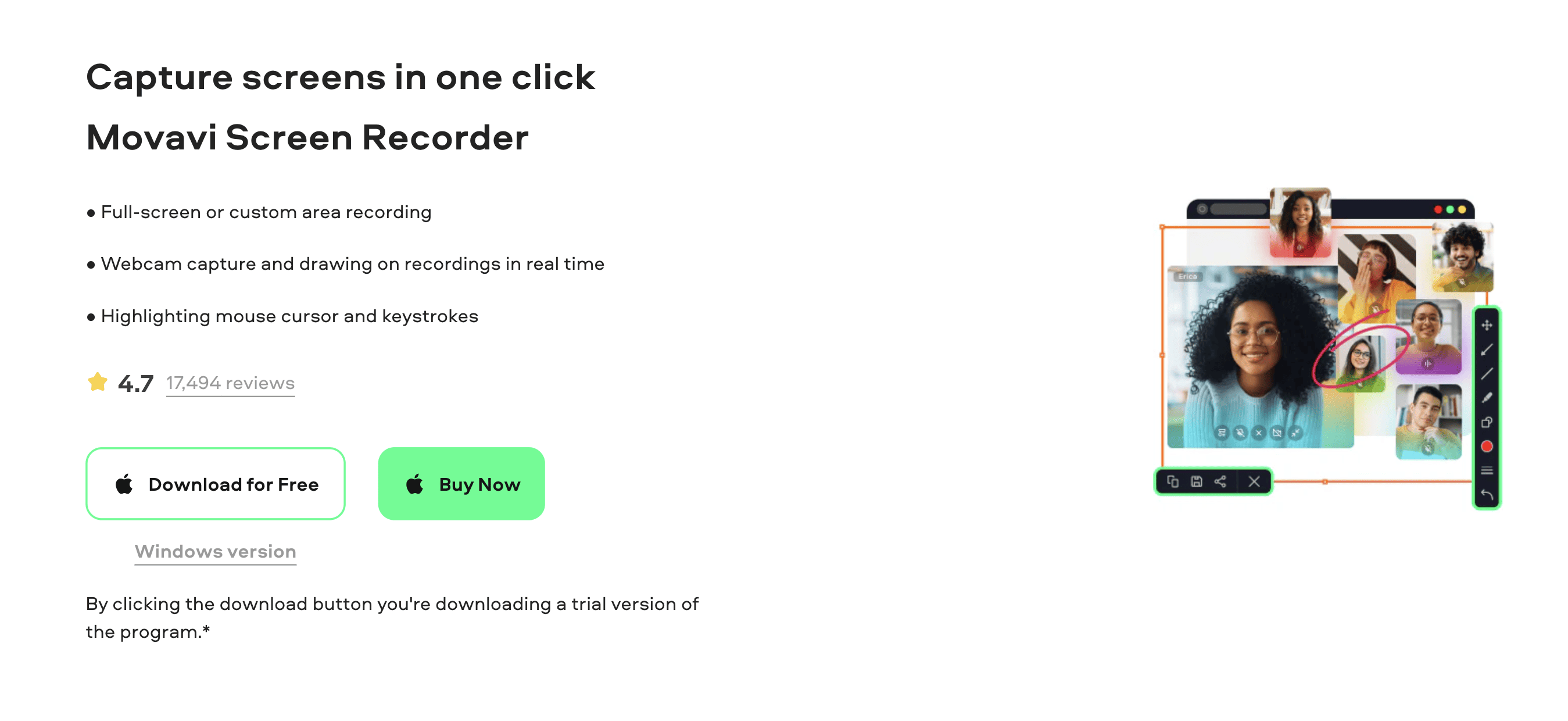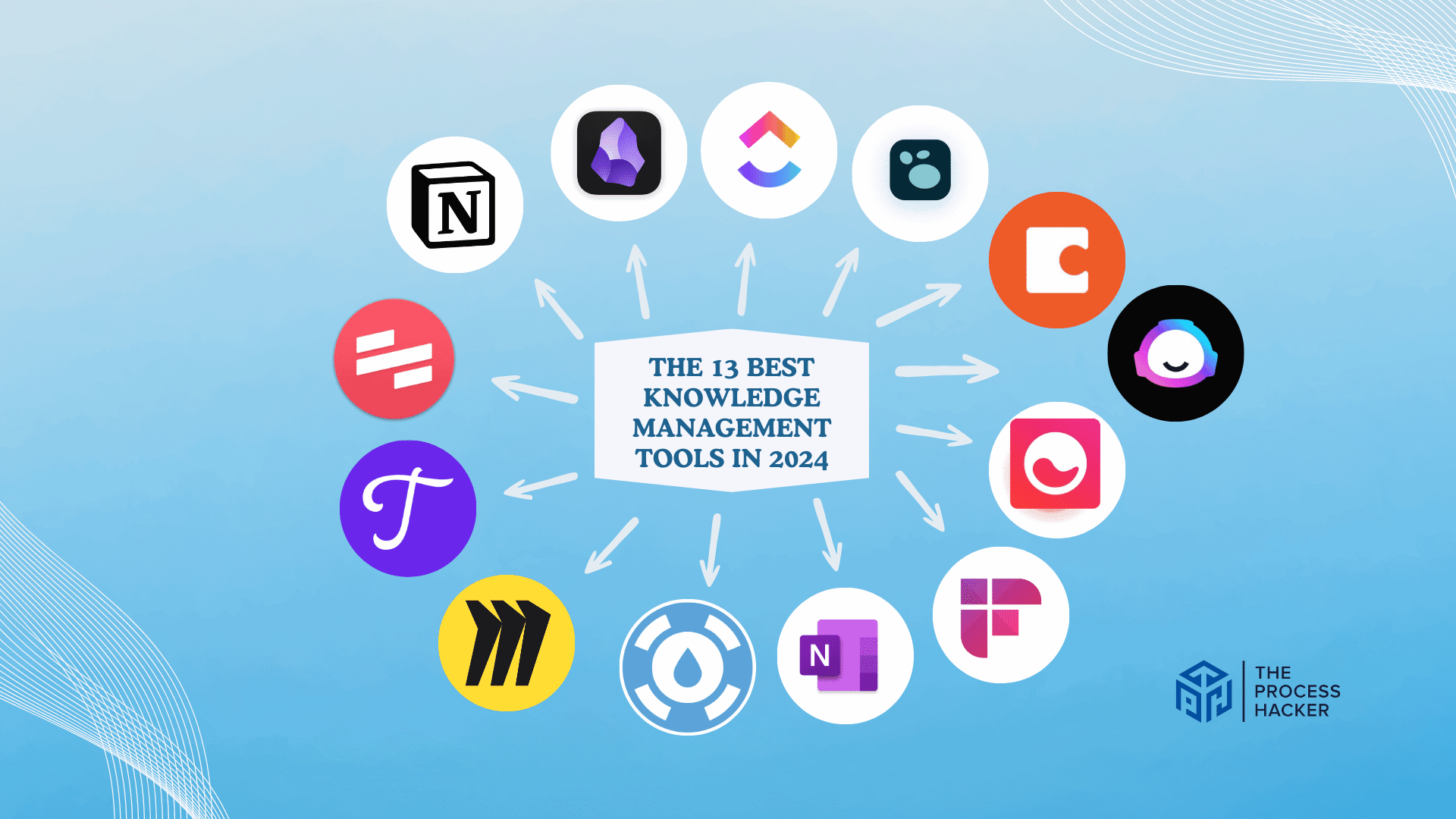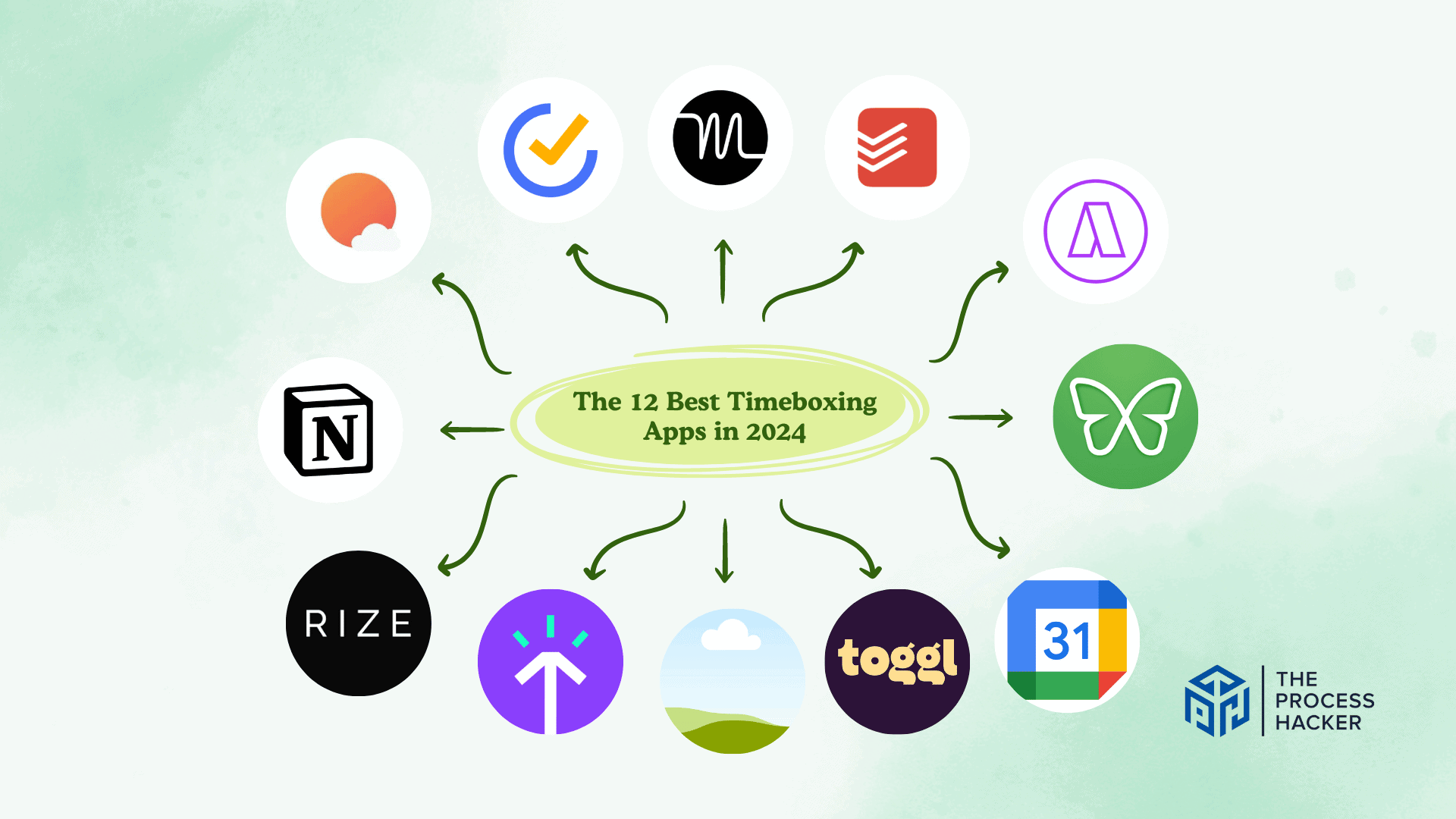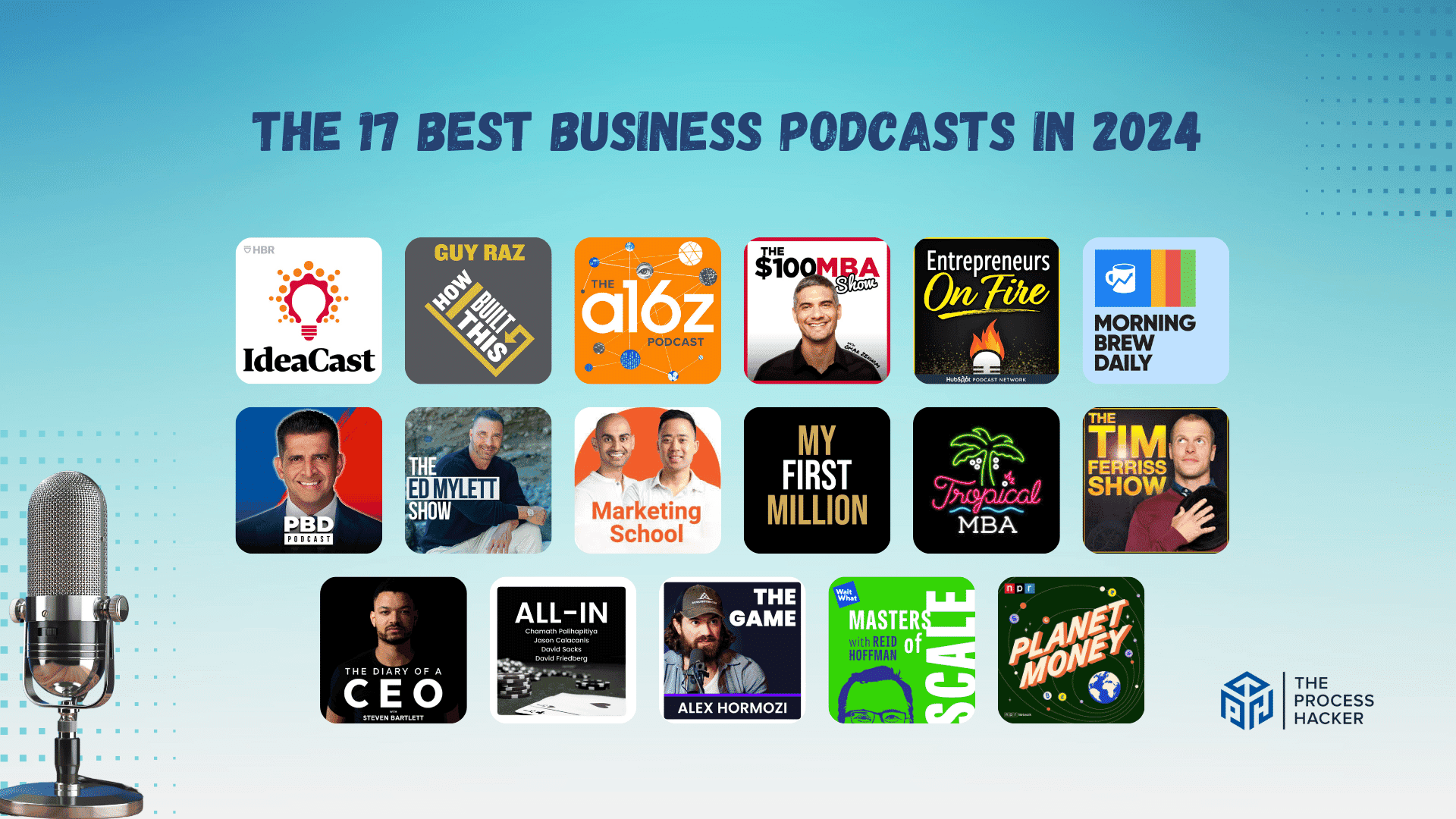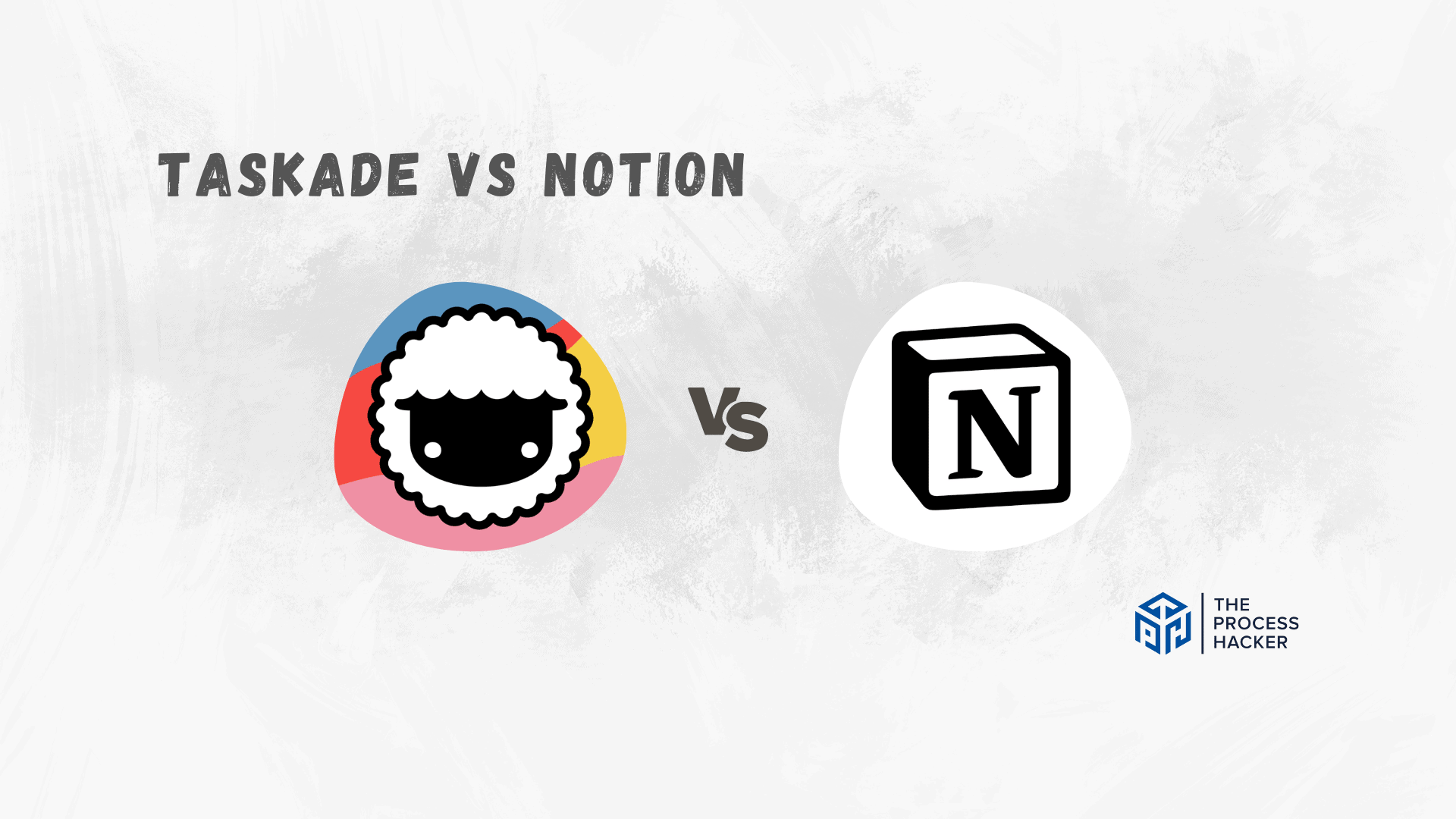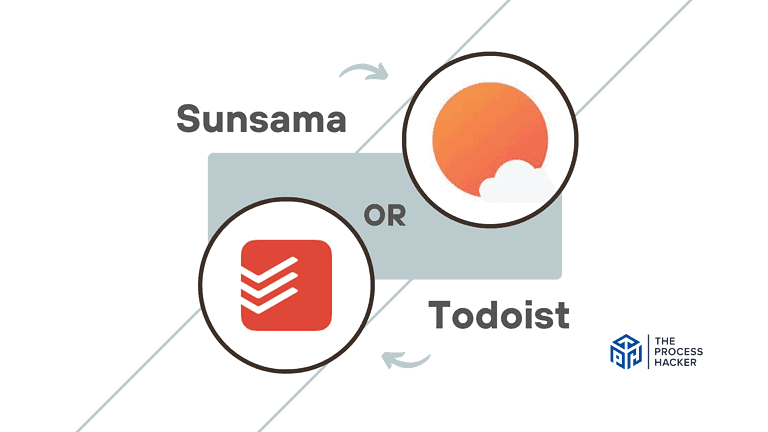10 Ways How to Leverage Social Media Marketing for Your Small Business
Do you ever feel like social media is just another thing to add to your endless to-do list?
You may feel like your posts aren’t getting any traction or unsure what platforms you should even be on.
I’ve been there too – overwhelmed by all the options and wondering if putting time into social is really worth it. But I’m here to tell you that if done right, social media marketing can be one of the most powerful social media marketing tools for growing a small business.
If it’s done wrong, it can feel like a huge waste of time, though. In this post, I’ll share the top 10 ways I’ve found that small business owners can leverage social media without going insane.
From choosing the right platforms to the specific types of content that connect best with your ideal customers, you’ll walk away with practical strategies to start seeing real results without spending endless hours you don’t have.
Let’s jump in and take your social media marketing to the next level!
What is Social Media Marketing?
Social media marketing is crucial for companies hoping to establish an online presence and reach customers through popular platforms like Facebook, Twitter, and Instagram.
It involves creating and sharing content that promotes the business, encourages engagement, and drives traffic to the company’s website. With the vast number of people using social media daily, marketing efforts in these spaces can result in significant growth and success for businesses of all sizes.
However, effective social media marketing requires careful planning, research, and execution to create engaging content and connect with target audiences. By leveraging the power of social media, companies can boost their visibility and build connections with customers like never before.
How Does Social Media Marketing Benefit Your Small Business?
In this digital age, social media marketing has become essential for small businesses to build brand awareness, connect with their target audience, and boost their revenue.
With over 3 billion social media users worldwide, having a robust social media presence can help small businesses reach a wider audience than ever before. Through targeted social media campaigns, engaging content, and interactive posts, social media marketing can help small businesses build customer relationships, increase sales, and create a loyal fanbase.
In addition, social media marketing is often more affordable than traditional marketing methods, making it an efficient option for small businesses looking to maximize their marketing budget.
Overall, the benefits of social media marketing for small businesses are clear: it’s a cost-effective, impactful way to connect with a wider audience and drive growth for your business!
What Are the Ways to Leverage Social Media Marketing?
There are a multitude of ways that businesses can leverage social media to maximize their marketing efforts. From creating compelling content to engaging with followers, social media marketing requires a multifaceted approach.
So, what are the ten ways to leverage social media marketing? Let’s dive in and explore all the possibilities!
#1) Develop a Solid Social Media Marketing Strategy
A meticulously crafted social media strategy forms the bedrock of a prosperous online presence. Without a clear blueprint, your efforts may dissipate ineffectively.
Define clear objectives: Begin by setting distinct goals, whether enhancing brand awareness to increase your visibility in the market, generating leads to fuel your sales pipeline, or fostering customer engagement to build lasting relationships.
Understand your audience: Gain an in-depth understanding of your target audience’s demographics, interests, and challenges to tailor your content effectively, ensuring it resonates and provides value to your audience. This will help you focus your efforts and resources in the right direction, leading to more successful campaigns.
Select the appropriate social media platforms: Choose every social media platform aligned with your business goals and target demographic, as each platform has its unique user base and strengths, allowing you to maximize your impact. For example, LinkedIn is ideal for B2B marketing, while Instagram may be better suited for targeting a younger audience.
Monitor and adapt: Creating a solid social media strategy is an ongoing process that necessitates continuous research, analysis, and adaptation to stay relevant, ensuring your efforts remain effective and efficient over time. Use analytics on social media management tools to track your progress, understand what content resonates with your audience, and adjust your strategy accordingly.
#2) Optimize Your Profile on the Social Media Platforms
A social media profile is your digital storefront, and a compelling first impression is paramount. Be sure to fill out all the necessary fields, including a catchy headline and a visually appealing profile picture.
Visual appeal: Employ high-quality profile pictures and cover photos that resonate with your brand’s identity, as these visuals serve as the initial impression and should convey professionalism and authenticity. Use consistent branding elements such as logo, color scheme, and fonts to maintain a cohesive look.
Craft a compelling bio: Develop an engaging and informative bio that highlights your unique selling propositions, succinctly communicating what sets your business apart and piquing the curiosity of potential followers. Use relevant keywords to optimize your profile for search algorithms.
Maintain brand consistency: Ensure uniformity in branding elements, such as logos, color schemes, and fonts, across all profiles to establish cohesive media platforms. Research relevant hashtags for your industry or niche and strategically use them in your posts.
Regular updates: Continuously update profile information, images, and cover photos to keep your branding aligned with your business’s evolution, showcasing the latest developments, products, or services to your audience.
#3) Create Engaging, High-Quality Content
Compelling content is the linchpin of audience engagement and retention. Your followers are looking for valuable and relevant information from your brand, so creating content that resonates with them is essential.
Content variety: Diversify your content with text, images, videos, infographics, and user-generated content to cater to diverse preferences. Use polls, Q&A sessions, and contests to interact with your audience and encourage participation.
Content calendar: Implement a social media calendar to schedule posts systematically, maintaining a consistent posting frequency. This will help you plan and organize content in advance, ensuring a steady flow of engaging material for your audience.
Interactive content: Foster engagement with interactive content like polls, quizzes, contests, and questions, offering valuable insights into audience preferences. Encourage comments, shares, and likes to increase your reach and build a community around your brand.
Alignment with objectives: Tailor your content strategy to align with your marketing objectives, whether lead generation, brand awareness, or customer retention. This will ensure that your efforts are focused and effective in achieving your goals.
#4) Implement Paid Social Media Advertising
While organic reach is helpful, paid advertising can significantly amplify your social media efforts. Platforms like Facebook, Instagram, and LinkedIn offer various targeting options to reach your ideal audience.
Precise targeting: Utilize platform-specific ad targeting options to reach a highly relevant audience. This includes demographics, interests, behaviors, and even lookalike audiences.
A/B testing: Experiment with diverse ad formats, visuals, and ad copy through A/B testing to determine the most effective combinations. This will help optimize your ad spend and ensure you reach the right audience with the right message.
Continuous optimization: Regularly monitor and optimize your ad campaigns based on the performance data to maximize ROI. This includes adjusting targeting, budget, and ad creative to continuously improve your results.
Expand your reach: Paid advertising can reach a broader audience rapidly, increasing brand visibility and potential conversions. Consider targeting different platforms and ad formats to diversify your reach.
#5) Engage Actively with Your Target Audience
Building meaningful relationships with your followers is pivotal. Engage with them by responding to comments and messages, asking for feedback, and showing appreciation for their support. This will not only make your audience feel valued but also help to build trust and loyalty towards your brand.
Prompt response: Acknowledge and respond promptly to comments, messages, and mentions, demonstrating your commitment to customer satisfaction. This not only strengthens your relationship with existing customers but also showcases your brand’s responsiveness and attracts potential customers.
User-generated content: Encourage your followers to create and share content related to your brand, thereby fostering a sense of community and trust. This not only promotes your brand organically but also gives you a chance to feature user-generated content on your own platforms.
Live interactions: Host live Q&A sessions or webinars to directly engage with your audience, address queries, and establish authenticity. This not only allows for real-time feedback and interaction but also provides an opportunity to showcase your expertise and build trust.
Surveys and feedback: Conduct surveys and seek feedback to better understand your audience’s needs and preferences, tailoring your strategy accordingly. This not only shows that you value your followers’ opinions but also helps improve your brand’s offerings and services.
#6) Analyze Data and Metrics
Data-driven decision-making is critical for sustained success in social media marketing. This data can help you refine your strategy, target specific audiences, and measure the success of your social media efforts.
Key Performance Indicators (KPIs): Identify and track relevant KPIs such as reach, engagement, conversion rates, and click-through rates. This data can provide insights into what content resonates best with your audience and guide future strategies.
Utilize analytics tools: Leverage social media analytics tools to acquire insights into your audience’s behavior and refine your strategy. Utilize tools like Google Analytics, Facebook Insights, and Twitter Analytics to track your performance and gather insights on your audience demographics, engagement rates, and overall reach. For example, Facebook insights provide data on post reach, engagement, and audience demographics.
Competitive analysis: Analyze the social media strategies of your competitors to determine opportunities and gaps in your approach. Watch for their content, tone, and engagement levels to gain inspiration and improve your strategy.
Continuous improvement: Regularly refine your strategy based on data analysis, keeping it aligned with evolving audience trends and preferences. This will ensure that your content stays relevant and resonates with your audience.
#7) Collaborate with Social Media Influencers
Partnering with influencers can extend your reach and credibility. Look for influencers with a solid following in your industry or niche and regularly engage with their audience. Collaborating with them can help you tap into their loyal fan base and gain exposure to a new audience.
Select the right influencers: Choose influencers whose audience aligns with your target market and values. Influencer marketing campaigns have shown an average ROI of $6.50 for every dollar spent, highlighting the significant impact the right influencers can have in promoting products or services.
Clear agreements: Establish clear terms, expectations, and compensation arrangements in formal agreements to ensure a mutually beneficial partnership. This will also help avoid any misunderstandings or conflicts in the future.
Measure impact: Track the impact of influencer collaborations through unique codes or tracking links, enabling precise measurement of engagement and conversions. This data can then be used to optimize future social media marketing campaigns and determine which influencers are most effective for your brand.
Authenticity is vital: Encourage influencers to create authentic and genuine content that resonates with their audience rather than just promoting a product. This will help build trust and credibility with their followers, leading to more successful collaborations.
#8) Leverage User Reviews and Testimonials
Harness the power of social proof by showcasing user reviews and testimonials. People are more likely to trust and purchase from a brand with positive reviews from real customers.
Encourage reviews: Prompt joyful customers to leave reviews on your social media profiles or third-party review platforms. This will not only help boost your brand’s credibility but also provide valuable feedback for improvements.
Highlight success stories: Share real-life success stories and testimonials to build trust with your audience. This can be through written reviews, video testimonials, or even influencer collaborations where they share their experience using your product or service.
Address negative feedback: Handle negative feedback professionally, displaying your dedication to customer satisfaction and willingness to improve. This can also help prevent potential customers from being turned off by negative reviews.
Transparency: Be transparent about your products or services, enhancing credibility and building stronger relationships with your audience. This can include sharing information about your company’s values, mission, and any ethical or sustainable practices you have in place.
#9) Stay Updated with Social Media Trends
Adapting to evolving trends is essential in the dynamic landscape of social media. Keeping a pulse on the latest trends and incorporating them into your strategy can help you stay relevant and engage with your audience.
Follow industry news: Stay informed about industry trends, updates, and changes in algorithms that may impact your strategy. This will help you stay ahead of the game and make necessary adjustments to your content.
Participate in webinars and conferences: Engage in webinars and industry conferences to learn from professionals, gain fresh insights, and expand your network. This will also help you stay updated on new trends and strategies.
Experiment with new features: Embrace new social media elements and formats to stay ahead of the curve, catering to changing audience preferences. For example, try out Instagram Reels or YouTube Shorts to showcase your brand in a fun and engaging way.
Benchmarking: Regularly benchmark your social media performance against industry standards to identify areas for improvement. This can also help you stay competitive and adapt to changes in the market.
#10) Monitor and Continuously Adapt Your Social Media Channels
Social media marketing requires constant monitoring and adaptation to remain effective. Keep an eye on your metrics and adjust your strategy accordingly. If a particular campaign or post is not performing well, analyze why and make necessary changes.
Regular audits: Conduct regular audits of your social channels strategy to assess its effectiveness and make necessary adjustments based on performance data. This will help you stay on top of trends and ensure your strategy is aligned with your business goals.
Compliance: Adhere to platform policies and guidelines to avoid penalties or account suspensions, ensuring a smooth and uninterrupted presence. Monitor any changes or updates to these policies and adjust your strategy accordingly.
Professional consultation: Consider seeking advice from social media experts or agencies to fine-tune your strategy and stay competitive. They can provide valuable insights and help you identify areas for improvement.
Agility: Maintain agility in your approach, allowing you to swiftly adapt to shifts and capitalize on emerging opportunities. Monitor your performance regularly and be ready to pivot if necessary.
#11) Leverage AI to Produce Written and Visual Content Faster
In today’s fast-paced digital landscape, harnessing AI for your content creation can revolutionize how you engage on your social media accounts. It offers a swift, efficient way to keep your feeds lively and relevant, ensuring your small business stands out.
Automate Content Creation: Content automation and AI tools swiftly generate engaging posts, articles, and descriptions, keeping your online presence vibrant without needing manual input. This marketing automation saves you time and effort, freeing up resources to focus on other aspects of your business.
Tailor Content for Your Audience: AI can help craft messages that resonate deeply with your followers by analyzing past interactions enhancing engagement and loyalty. It can also provide valuable insights into your audience’s preferences and behavior, allowing you to create personalized content that drives results.
Create Stunning Visuals Easily: With its ability to quickly process large amounts of data, AI can help produce high-quality visuals such as images and videos for your social media accounts. These eye-catching visuals are essential for grabbing attention and standing out in a crowded digital landscape.
Optimize Your Strategy with AI Insights: Leverage AI to understand which content types perform best, allowing you to fine-tune your strategy and invest your efforts more wisely.
Final Thoughts on Social Media Marketing
In today’s digital age, leveraging social media marketing for your small business is not just an option, it’s a necessity.
While it may seem daunting initially, you can use social media to take your business to new heights with the right approach and strategy. The benefits are endless, from increasing brand awareness and reaching a larger audience to driving more sales and building customer relationships.
So why wait? Take advantage of these ten ways to leverage social media marketing today and watch your business soar.
With platforms constantly evolving and new trends emerging, there has never been a better time to jump on the bandwagon.
Don’t let your competitors take the lead while you fall behind – start connecting with your target audience through engaging content, interactive campaigns, and personalized interactions.
As the saying goes, “the early bird catches the worm,” so get ahead of the game and join the world of social media marketing before it’s too late. Your small business deserves all the success in the world – now go out there and make it happen!
Remember, if you’re not leveraging social media for your business, you’re missing out on a big piece of the pie if you’re not leveraging social media for your business. Trust us, you won’t regret it.
FAQs About Social Media Marketing
What is social media marketing, and how can it benefit small businesses?
Social media marketing is the process of using various social media platforms to promote a brand, product, or service. It helps small businesses like you to increase brand awareness, drive website traffic, generate leads, and build customer loyalty.
Which social media platforms should small businesses focus on?
Small businesses should focus on the platforms where their target audience is most active. Some of the popular platforms include Facebook, Instagram, Twitter, LinkedIn, and Pinterest. Each platform has its unique features and benefits, and businesses should choose the ones that align with their marketing goals.
How often should small businesses post on social media?
Small businesses should post at least once a day on Facebook and Instagram, three times a day on Twitter, and once or twice a week on LinkedIn. However, the frequency of posting may vary based on the type of business and the audience’s engagement level.
What type of content should small businesses post on social media?
Small businesses should post a mix of promotional and informational content that provides value to their target audience. Examples of promotional content include product photos, offers, and discounts, and informative content includes industry news, social media marketing tips, and tutorials.
How can small businesses measure the success of their social media marketing efforts?
Small businesses can measure the success of their social media marketing through various metrics such as engagement rate, reach, followers, website traffic, and conversions. Businesses can use social media analytics tools such as Google Analytics and Facebook Insights to monitor their performance and make data-driven decisions.
Can small businesses outsource their social media marketing?
Yes, small businesses can outsource their social media marketing agencies or freelancers specializing in social media management. Outsourcing can save time, increase efficiency, and provide access to expert knowledge and skills.
How much budget should small businesses allocate for social media marketing?
The budget for social media marketing may vary based on the business’s size, industry, and marketing goals. On average, small businesses should allocate 7-10% of their total marketing budget for social media marketing. However, the budget may increase or decrease based on the business’s performance and ROI.
How can small businesses deal with negative feedback on social media?
Small businesses can deal with negative feedback on social media by responding promptly, acknowledging the issue, offering a solution, and apologizing if necessary. Handling negative feedback professionally and transparently can help retain customers’ trust and loyalty.


